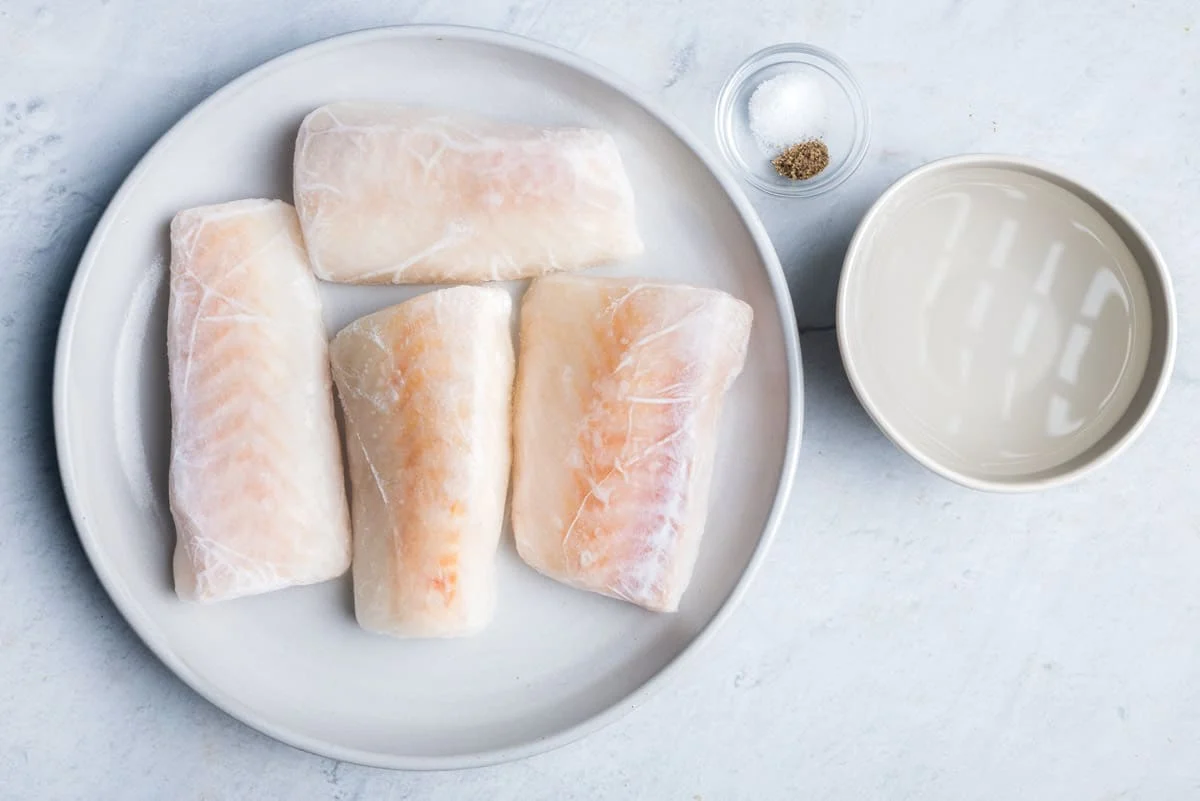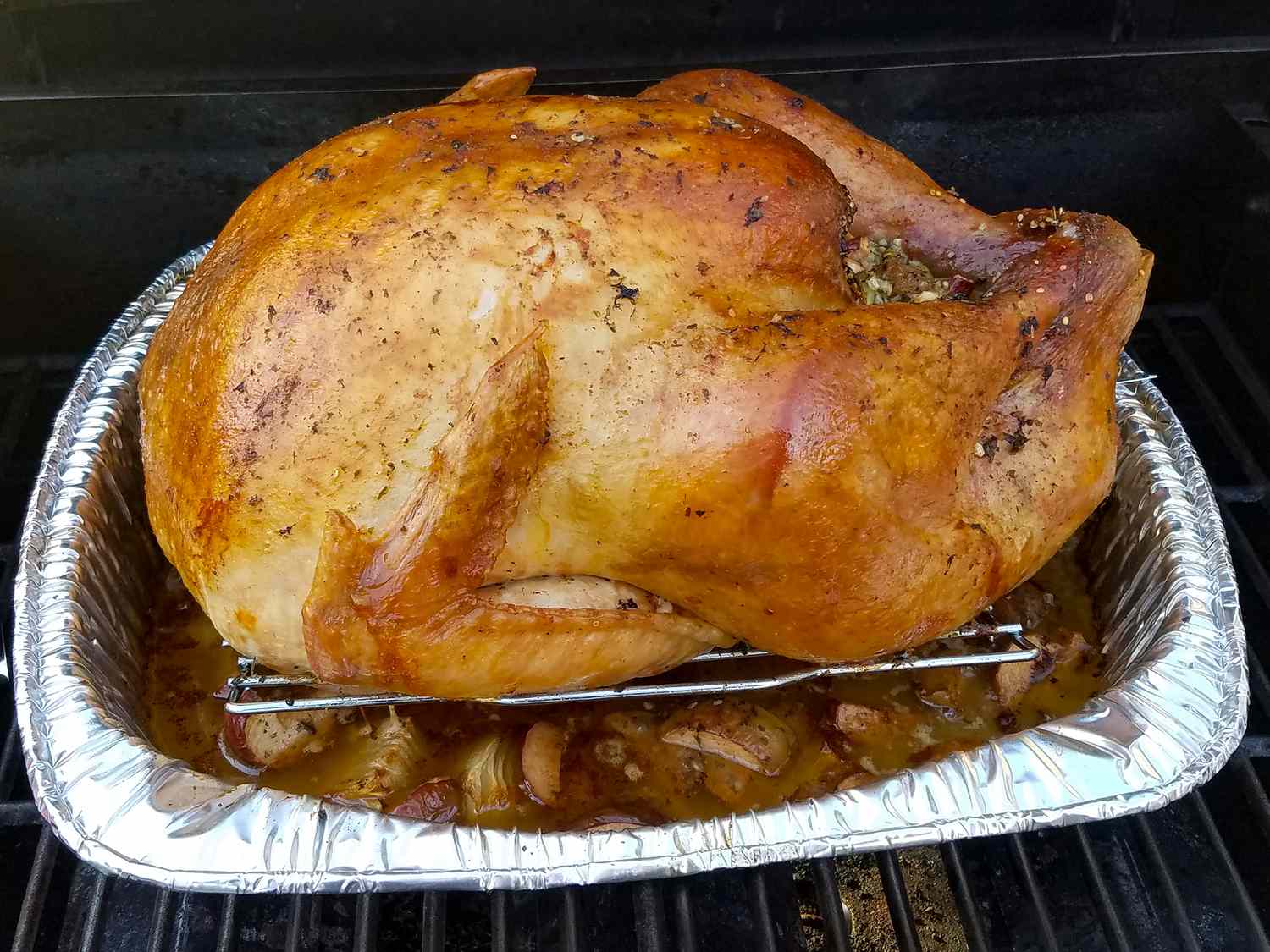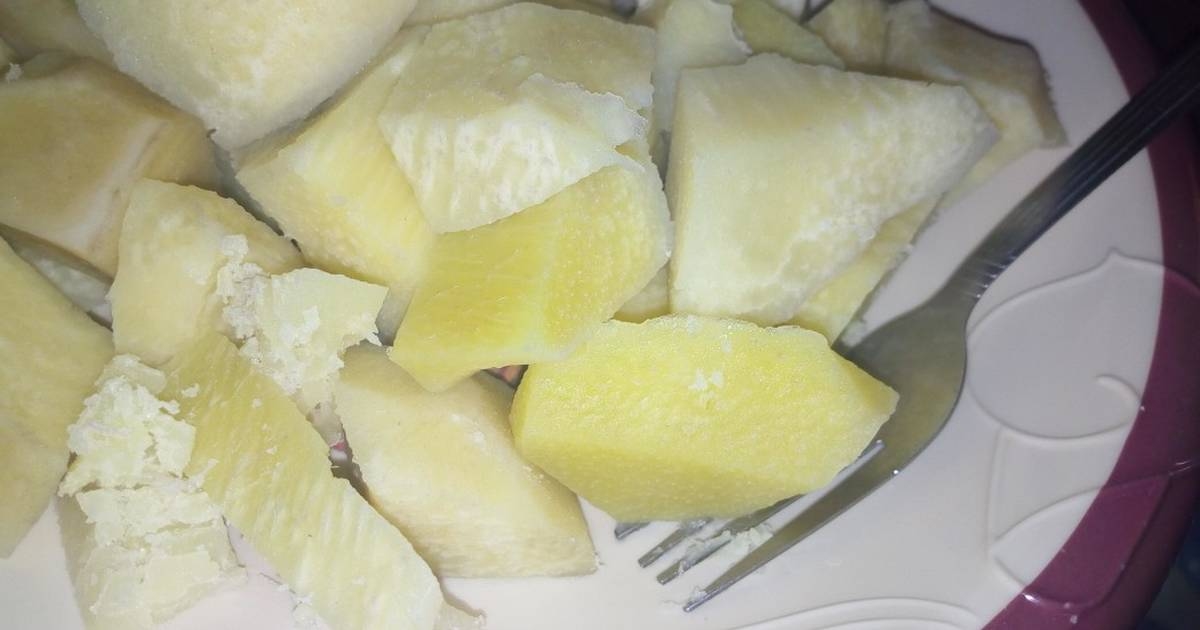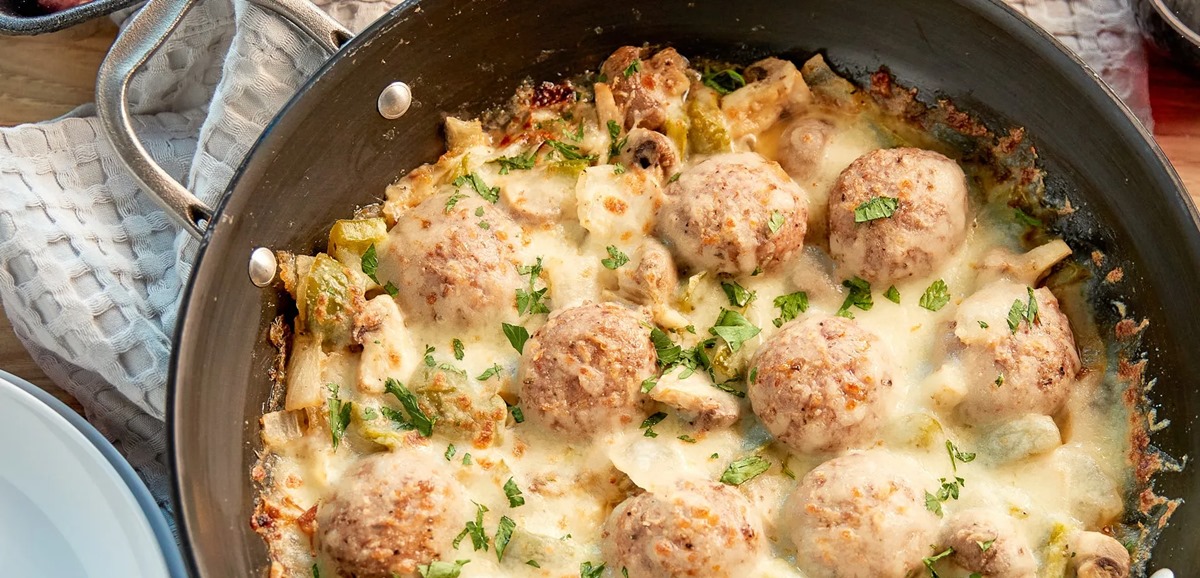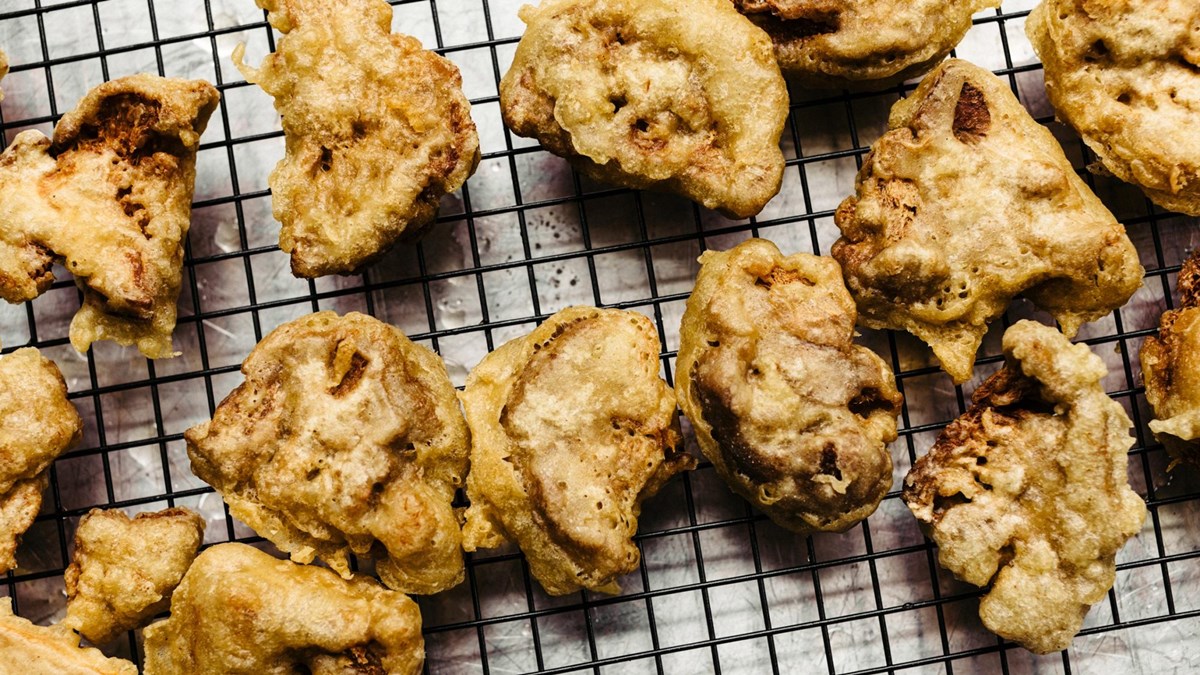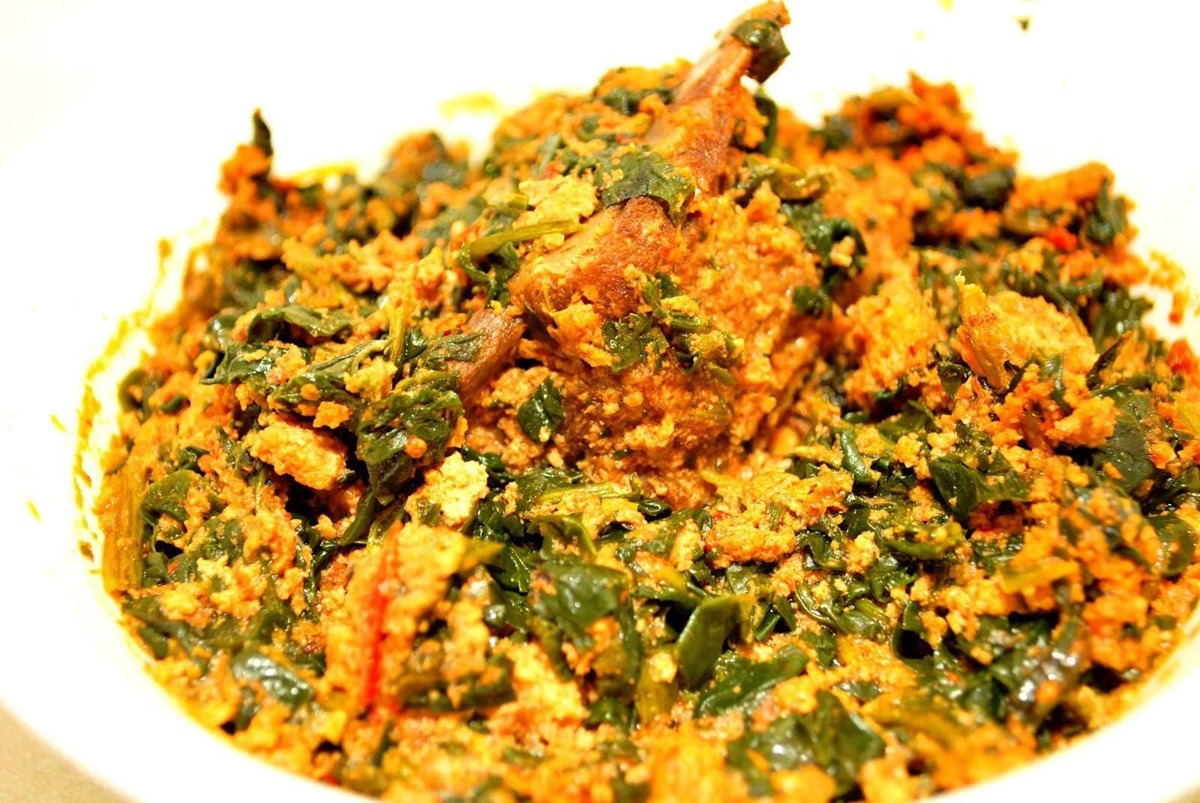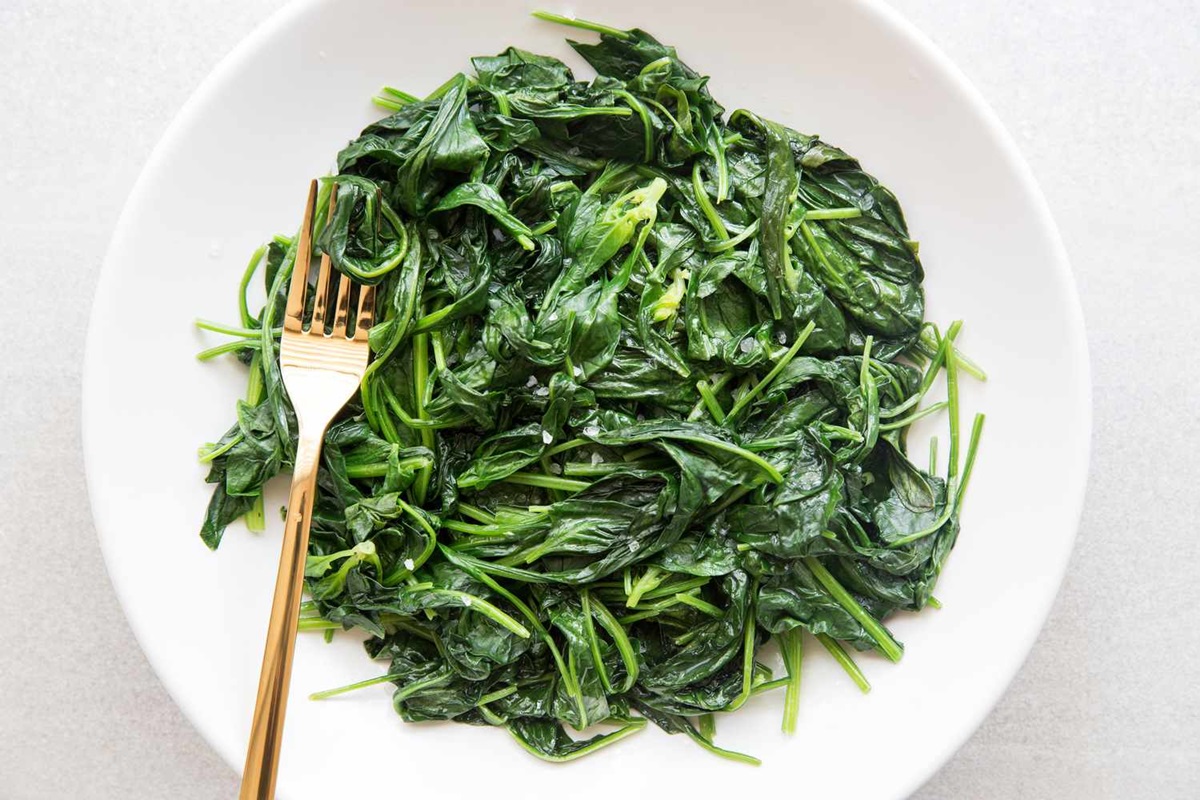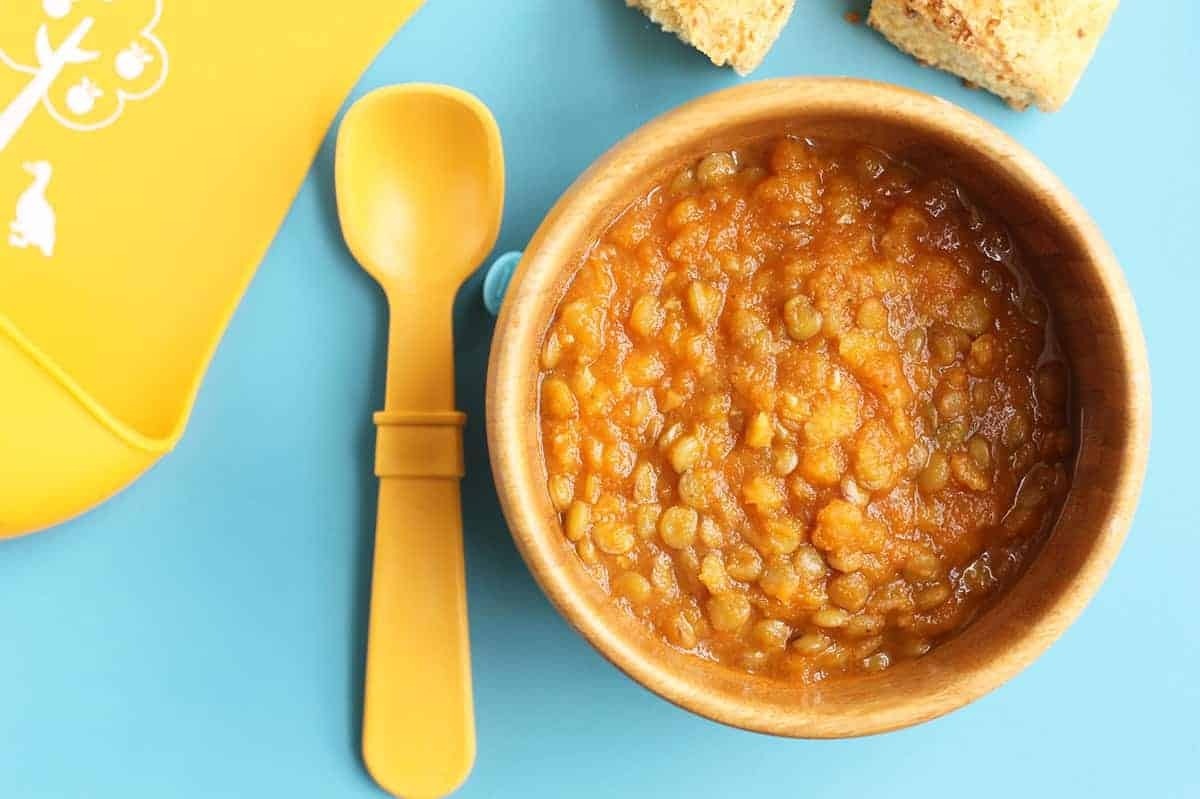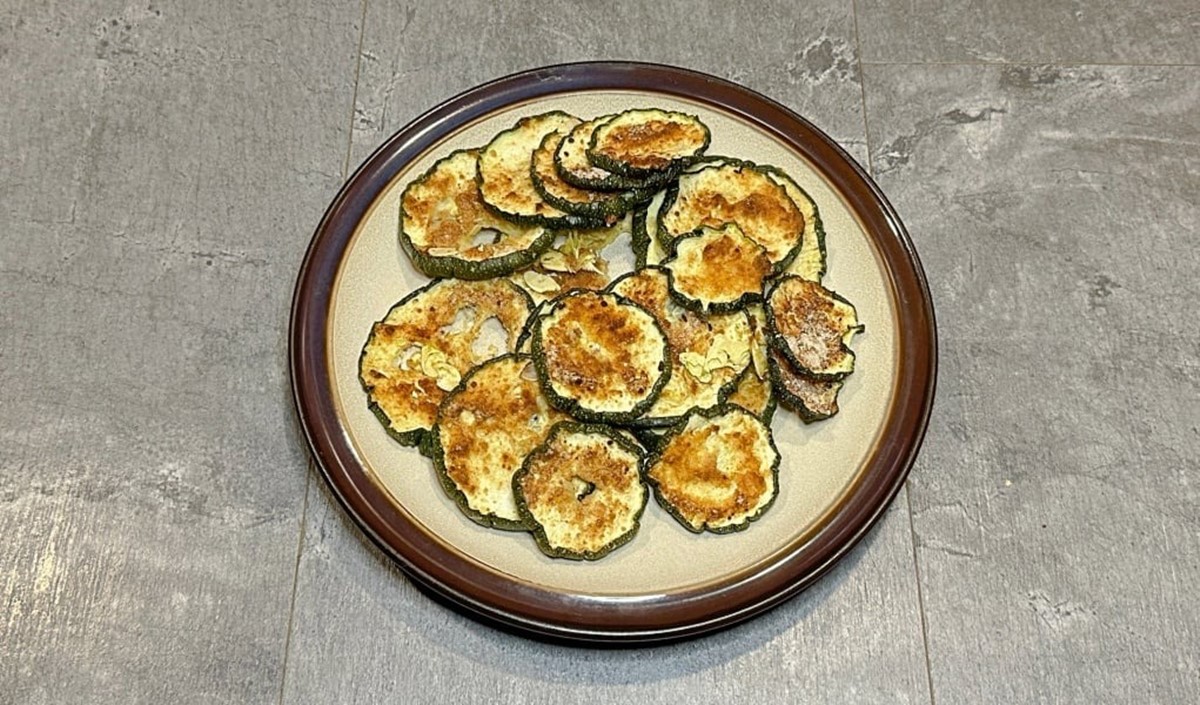How To Cook Manila Clams
Manila Clams, also known as Japanese littleneck clams, are a type of shellfish that are incredibly delicious and versatile in cooking. Whether you’re a seafood enthusiast or looking to try something new, learning how to cook Manila clams is a must. With their delicate flavor and tender texture, these clams are perfect for various dishes such as pastas, soups, and stir-fries. In this article, we will guide you through the process of cooking Manila clams to perfection.
1. Choosing Fresh Manila Clams
Before you start cooking, it’s essential to select fresh Manila clams. Here are a few things to keep in mind:
- Look for clams that are tightly closed or slightly open.
- Avoid clams with cracked shells or strong fishy odors.
- Ensure the clams feel heavy for their size.
Always buy your clams from reputable seafood markets or trusted suppliers to guarantee freshness and quality.
2. Cleaning and Preparing Clams
Once you have your fresh Manila clams, it’s time to clean and prepare them for cooking:
- Inspect each clam to make sure the shell is intact.
- Give the clams a quick rinse under cold water to remove any sand or grit.
- Use a stiff brush to gently scrub the shells, removing any dirt or debris.
- Discard any clams that remain open after tapping them lightly on a hard surface.
By properly cleaning the clams, you’ll ensure a delightful and grit-free culinary experience.
3. Cooking Methods for Manila Clams
Now that your Manila clams are clean and ready, it’s time to decide on the cooking method. Here are a few popular options:
- Steaming: Place the clams in a pot with a small amount of liquid (such as white wine or clam juice) and steam them until the shells open. Discard any clams that do not open.
- Sautéing: Heat some olive oil or butter in a pan, add the clams, and cook until the shells open. This method works well for incorporating the clams into pasta dishes or accompanying sauces.
- Baking: Arrange the clams on a baking sheet and cook them in a preheated oven until the shells open. Adding breadcrumbs or a flavorful topping can enhance the taste.
Experiment with different cooking methods to find your favorite way of preparing Manila clams.
4. Flavoring and Serving Suggestions
Manila clams have a delicious taste on their own but can be enhanced with various flavors and ingredients. Here are some suggestions:
- Garlic and White Wine: Sauté the clams with minced garlic and white wine for a classic and aromatic combination.
- Tomato and Herb Broth: Cook the clams in a broth made with tomatoes, herbs (such as parsley or basil), and a splash of lemon juice for a vibrant and tangy twist.
- Spicy Chili Sauce: Add some heat to your clams by incorporating a spicy chili sauce or flakes while cooking.
Serve your cooked Manila clams as an appetizer, over pasta, or with crusty bread to soak up the flavorful juices. Don’t forget to garnish with fresh herbs for an extra pop of color and taste.
Now that you know how to cook Manila clams, it’s time to head to the kitchen and try out these delicious recipes. Get creative, experiment with different flavors, and enjoy the mouthwatering taste of Manila clams in your culinary creations.
For those eager to master cooking Manila clams, there are several recipes that stand out. Manila Clam Risotto is a must-try for anyone who loves rich, creamy flavors blended with tender clams. For a burst of Mediterranean zest, Manila Clam Paella is perfect, combining saffron-infused rice with the briny sweetness of clams. If you're in the mood for something hearty and comforting, Manila Clam and Chorizo Stew offers a delightful mix of spicy and savory notes. And for a lighter, refreshing option, Grilled Manila Clams with Herb Butter brings out the natural flavor of the clams with a simple yet delectable seasoning.
Was this page helpful?
Read Next: How To Cook Rana Ravioli
